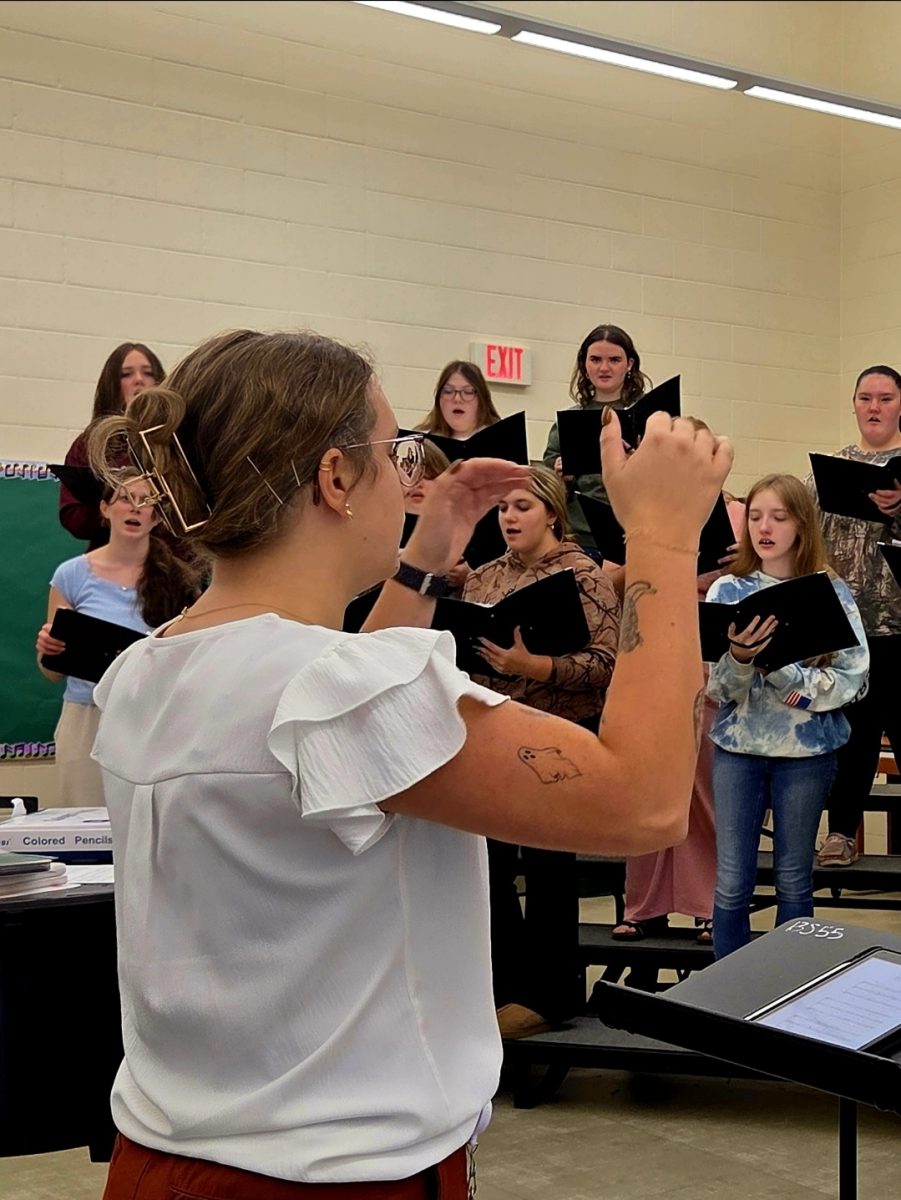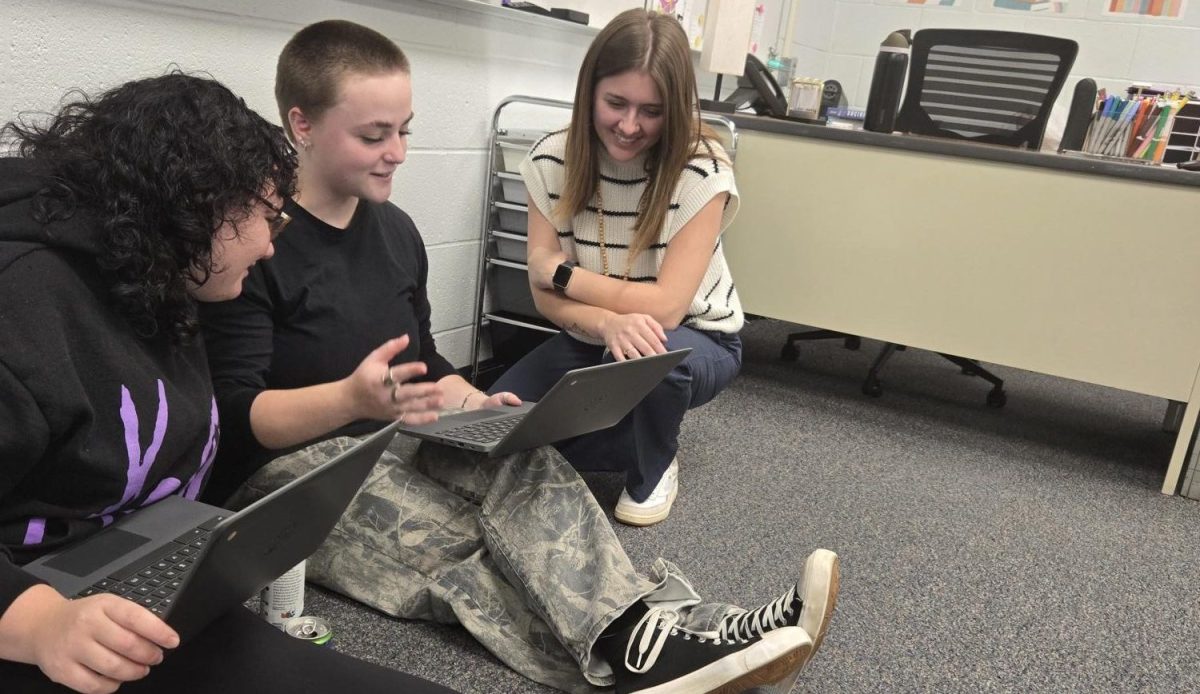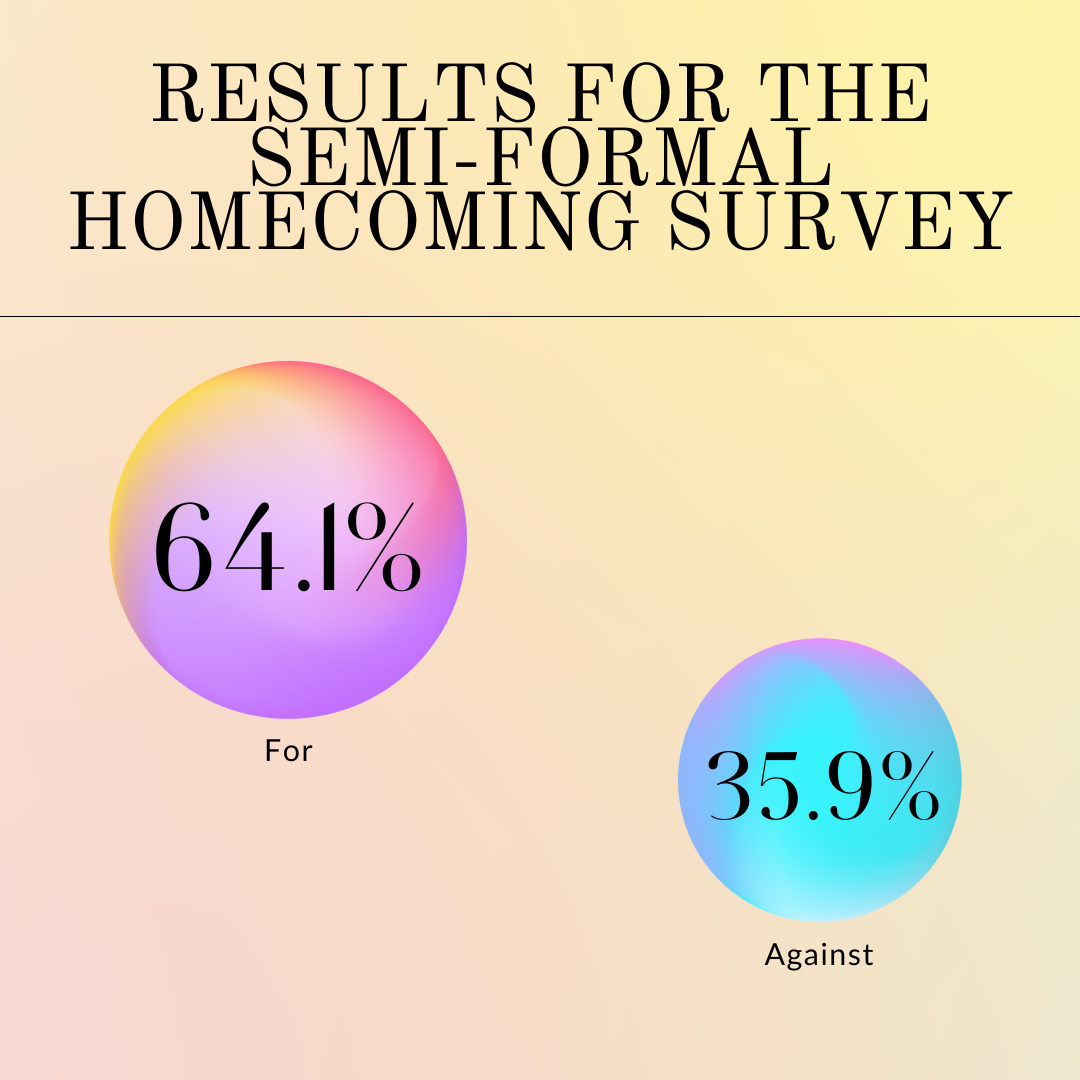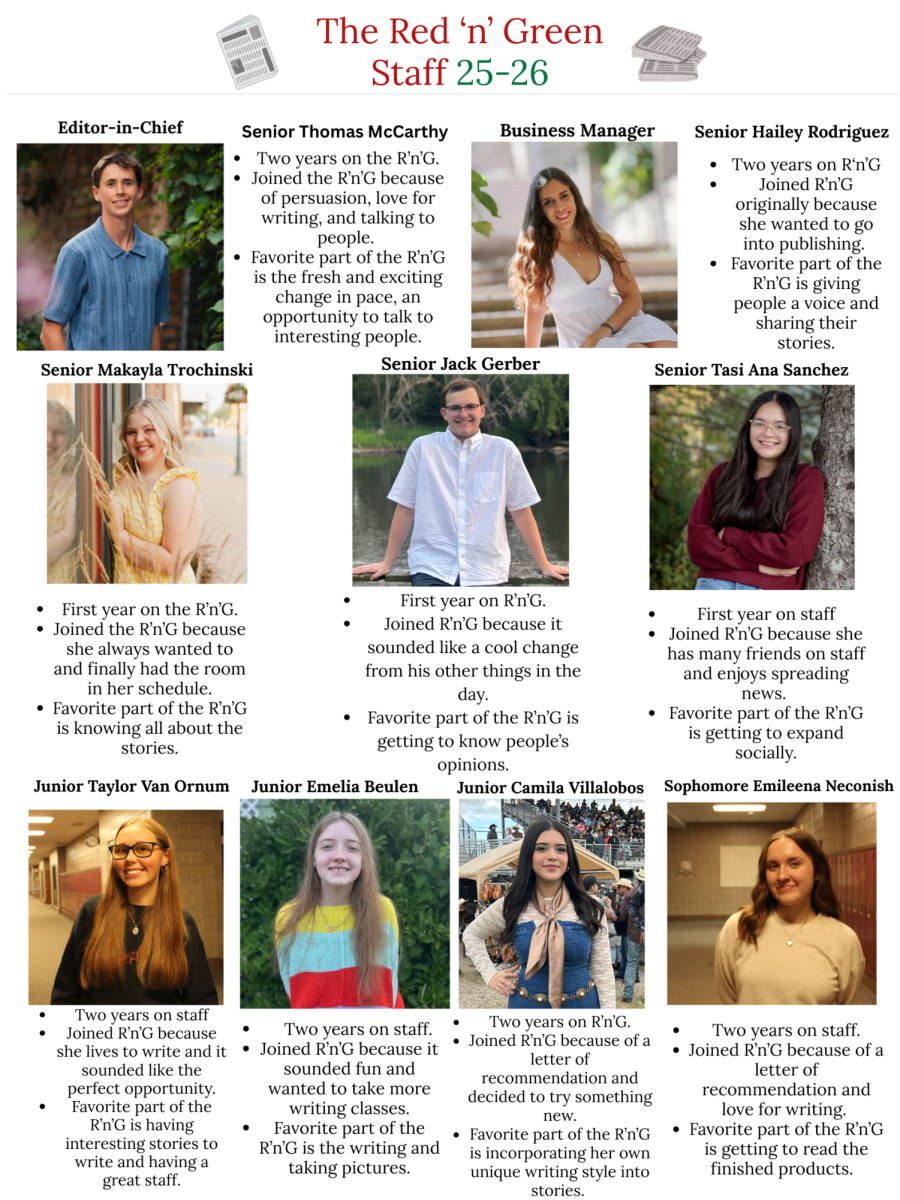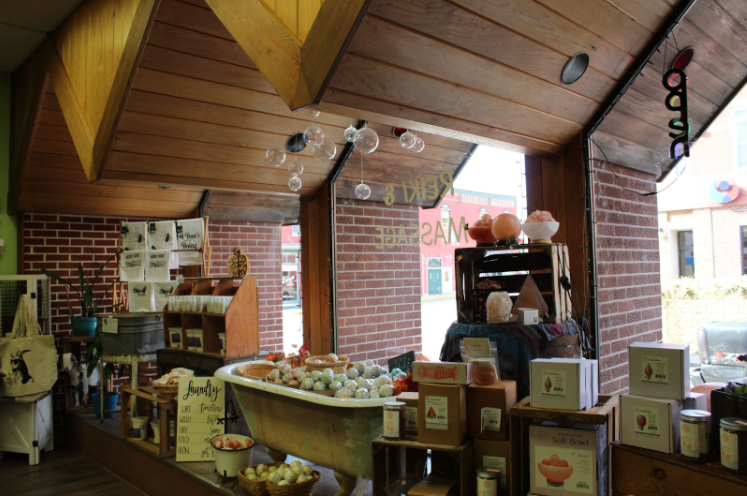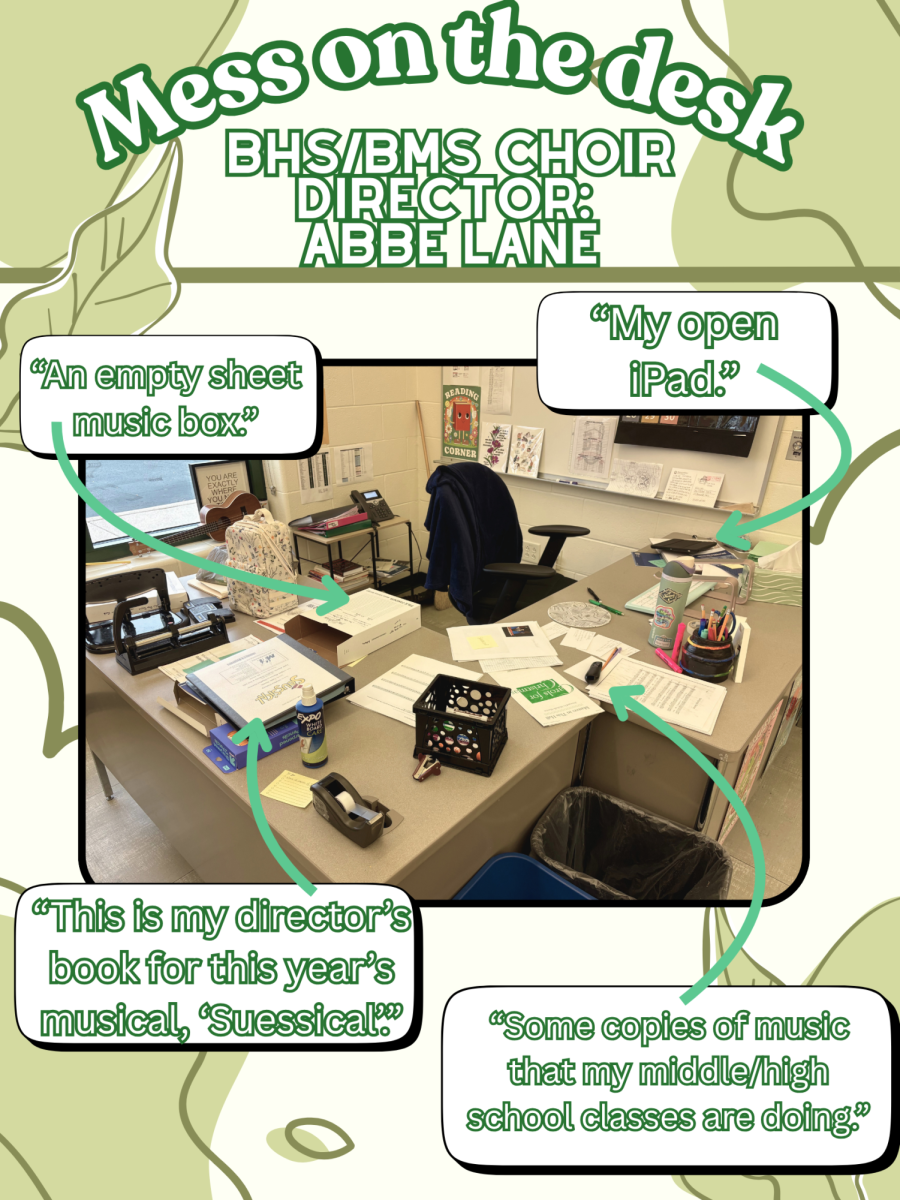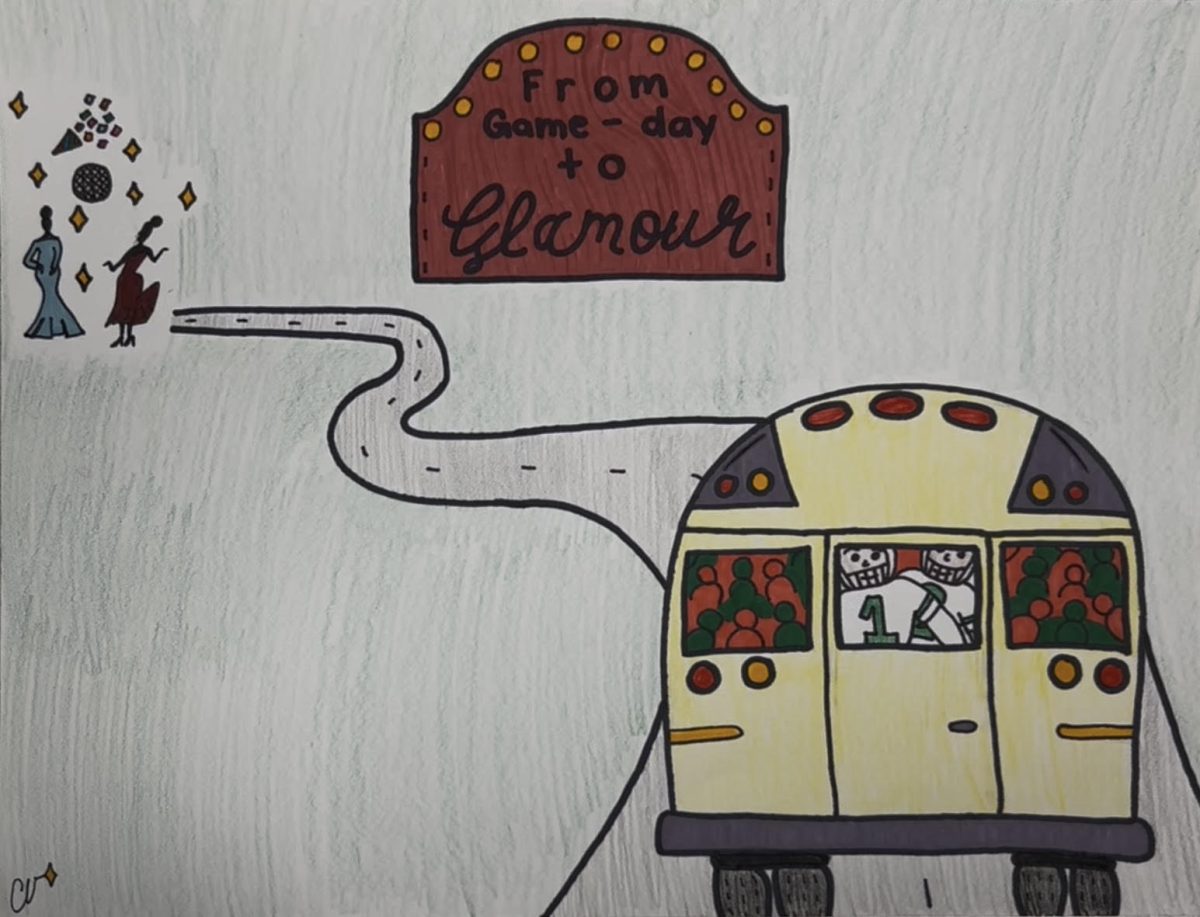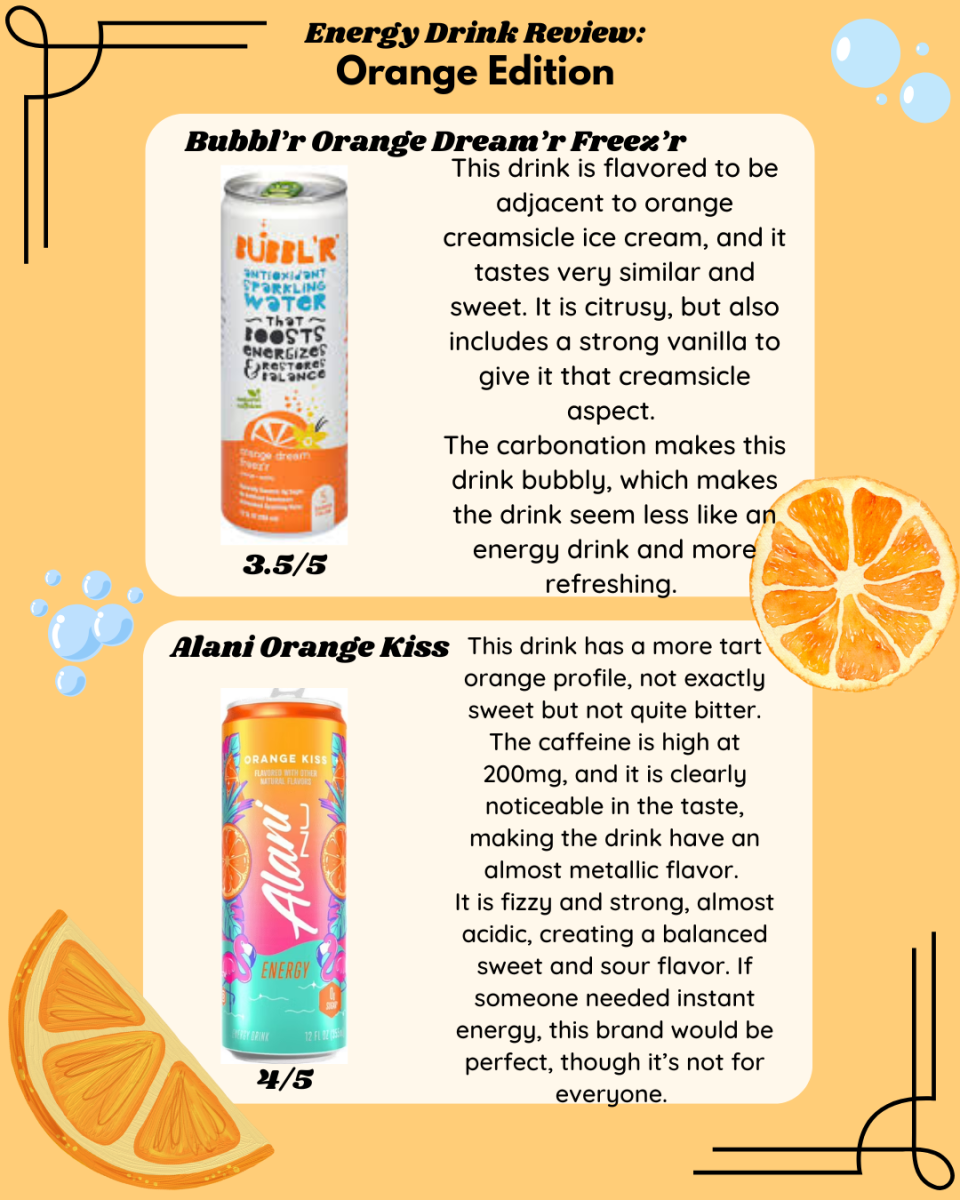Last week, science teacher Anna Maramonte had Advanced Biology students perform dissections of a cat. The goal of these dissections was to look at the circulatory, respiratory, and digestive systems of the animals. Maramonte gave students a list of structures to find, a description of each structure, and an image of the structure. They had to find the structures in the organism and label them.
“The images of organs that you typically see in a textbook look a lot different than they do in an organism. They have to think critically about what they know and apply that to what they see. It’s a lot harder than one would think,” Maramonte said.
Maramonte says she believes that a hands-on experience is important for students to gain the skills to problem solve, think critically, and apply what they learned in lecture.
Seniors Brock Wilde and Wyatt Hamersma both seem to agree with that sentiment stating that the class will help further their understanding of anatomy and the functions of certain structures.
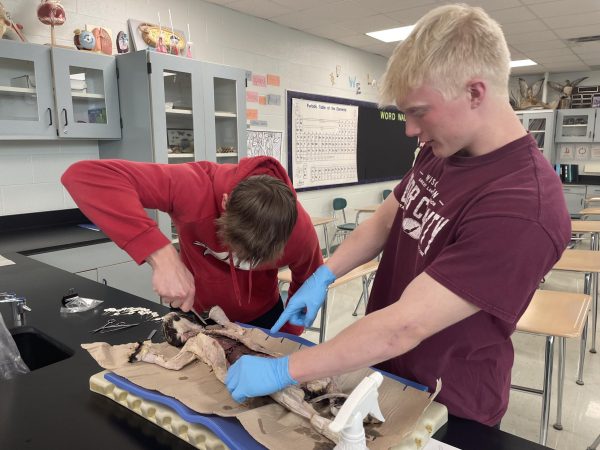
”I was interested in Advanced Bio and I think it would be a good course to challenge me,” Wilde said
Dissections are often seen as disgusting, but can provide useful insight and experience for actively participating students.
“They’re pretty cool, but they’re gross at the same time,” Hamersma said.
The dissections ran for two to three days per specimen. They used eight cats, all ethically sourced from Carolina Biological Supply.

